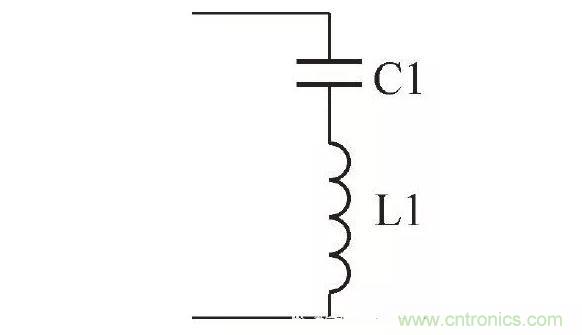【導讀】電感器(Inductor)是能夠把電能轉化為磁能而存儲起來(lái)的元件。電感器的結構類(lèi)似于變壓器,但只有一個(gè)繞組。電感器具有一定的電感,它只阻礙電流的變化。以下將為大家介紹電感器在電路中的五種作用。
1 電感濾波電路

電感濾波電路是用電感器構成的一種濾波電路,其濾波效果相當好。
電源電路中的濾波電路接在整流電路之后,用來(lái)濾除整流電路輸出電壓中的交流成分。
2 抗高頻差模干擾電路

為了防止220V交流電網(wǎng)對機器的差模高頻干擾,在一些抗干擾要求比較高的電子電器中都設置L1、L2這種抗干擾電路。
這一抗干擾電路串聯(lián)在交流電回路中。L1、L2不需要接地線(xiàn),所以安全性能比較好。
3 抗高頻共模干擾電路

在交流電網(wǎng)中存在差模和共模兩種高頻干擾,對于共模干擾需要用共模電感來(lái)抑制,電路中的L1和L2為共模電感。
4 LC串聯(lián)諧振電路

LC串聯(lián)諧振電路在諧振時(shí)阻抗最小,利用這 一特性可以構成許多電路,如陷波電路、吸收電路等。
5 LC并聯(lián)諧振電路

LC并聯(lián)諧振電路在諧振時(shí)阻抗最大,利用這一特性可以構成許多電路,如補償電路、阻波電路等。






